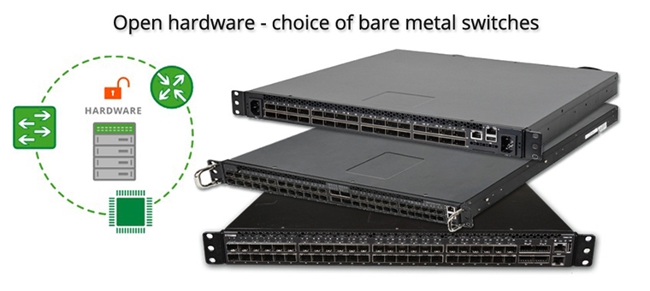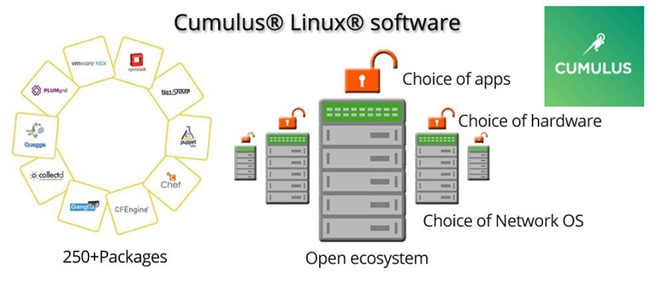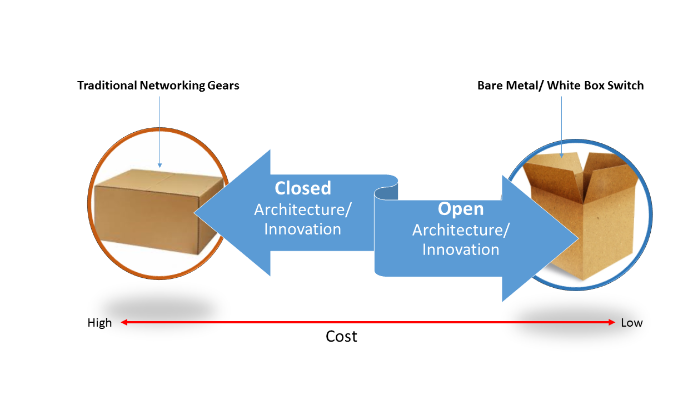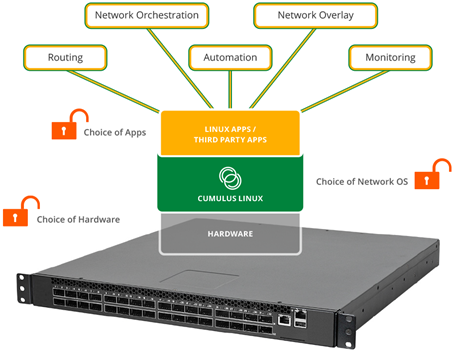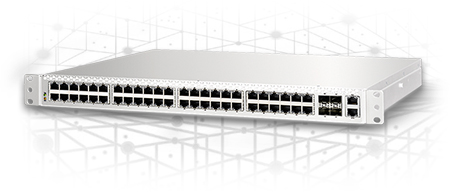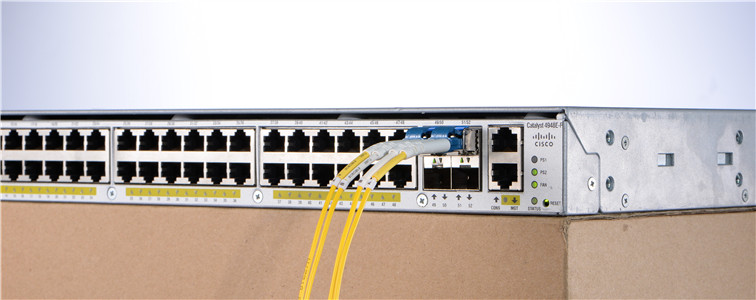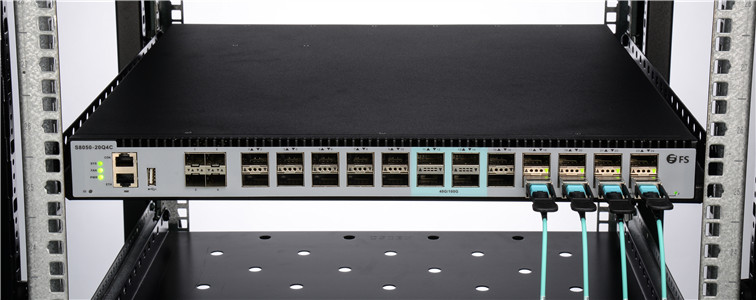As the first full-featured Linux based operating system (OS), Cumulus Linux has injected great possibilities and new vitality in networking field in these two years. Due to its great effort in open networking, Cumulus Linux has been one of the three leading OSs in the market. The another two are IP Infusion OcNOS and Pica8 PICOS. Recently, the collaboration between FS and Cumulus Networks has been made. The N-series open switches from FS will be pre-installed the latest Cumulus Linux OS to customers. At the moment of their joint effort in achieving open networking, we are going to make an analysis of the similar features of the open manageable switch supported by Cumulus Linux.
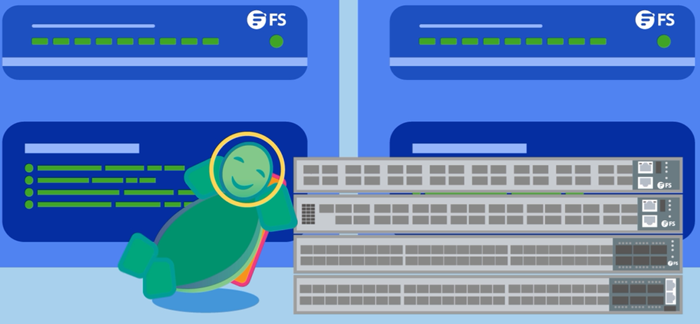
Figure 1: FS Collaborates with Cumulus Networks
An Overview of Cumulus Linux
Cumulus Linux is a flexible open network operating system, which can be installed on various open switches, including the layer 2 switch and layer 3 switches. The code used to build Linux is free and available for users to view or edit. Therefore, it looks like the world’s largest data center that allows users to automate, customize and scale using web-scale principles. After the installation of the Cumulus Linux OS, the open switch can act as a Linux server.
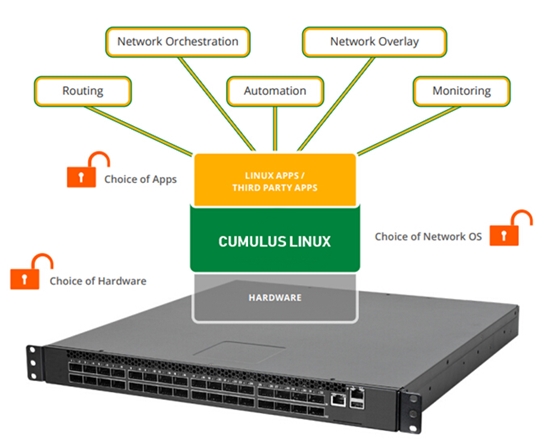
Figure 2: Cumulus Linux
Similarities of Open Switches Supporting Cumulus Linux
Featured with supporting a broad partner ecosystem, the Cumulus Linux gives customers more options and flexibility in data center networking regarding switch type, CPU, chip type, and supported transceivers.
Generally, open switches that support Cumulus Linux are bare mental switches coming with open network install environment (ONIE). In that case, no matter you have a brite box switch like Cisco switch, or a white box switch like FS switch, Cumulus Linux can be accessible to them. Nowadays, in the market of open switches, the 32-port and 48-port switches with 40G/100G transmission speed are commonly applied by enterprise users. Considering their high-density and greater agility needs for networking, the open switches are mostly layer 3 switches so as to achieve spine-leaf or overlay architectures.
The open switch CPU that supports Cumulus Linux OS usually comes in three types: ARMv7, PowerPC, and x86_64. Among these three types, x86_64 is the most popular one, adopted by most vendors, such as Dell, HPE, Mellanox, and FS.
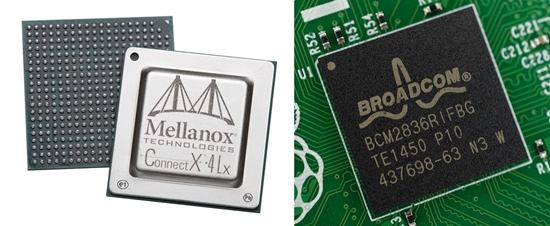
Figure 3: Chips of Open Switches
Currently, Broadcom chip and Mellanox chip are the major roles of switch chip. The Mellanox type is usually used by Mellanox itself or Penguin. Therefore, the Broadcom type dominates the largest switch chip market share, installed by the most brand vendors or the third party suppliers.
Since most open switches support high-speed transmissions, the matching transceivers are QSFP28, QSFP+, and SFP28. Only some 10G and 1G open switches will need to use SFP+ and SFP transceivers. By the way, viewing the trend, you will find 25G Ethernet has been deployed by many enterprise users in recent years for high bandwidth need. Accordingly, the 25G open switch has been a more economical and efficient choice than 1G or 10G switches. Also, the 25G switch will be the best solution to pave the road for the upcoming 100G/400G Ethernet in the future.
Summary
Just like the agility and simplicity the Cumulus Linux has advocated, it brings a truly economical and open network environment for users. With so many choices for open switch type, CPU, chip, and supported transceivers, it liberates the choices for open switches, which begets an open networking market in the end.


